Index
- Setting the Scene
- Understanding Turtle Nesting in Florida
- The Importance of Turtle Nesting
- Challenges Facing Turtle Nesting
- Practices to Keep Turtles Safe
- How You Can Help
- Final Thoughts
- FAQ’s
Setting the Scene
Florida’s coastline is not just a paradise for tourists; it is also a crucial nesting ground for several species of sea turtles. These ancient mariners have been nesting on Florida’s beaches for millions of years, playing a vital role in the coastal ecosystem. However, modern challenges threaten their existence. In this blog, we will explore the importance of turtle nesting, the challenges they face, and effective practices to protect them.
Understanding Turtle Nesting in Florida
Overview of Turtle Species
Florida is home to several species of sea turtles that come ashore to nest. The most common are:
- Loggerhead Turtles: Recognizable by their large heads and strong jaws, they are the most frequent nesters on Florida’s beaches.
- Green Turtles: Named for the green color of their fat, they are the second most common nester in Florida.
- Leatherback Turtles: The largest of all sea turtles, they have a unique leathery shell and are known for their long migrations.
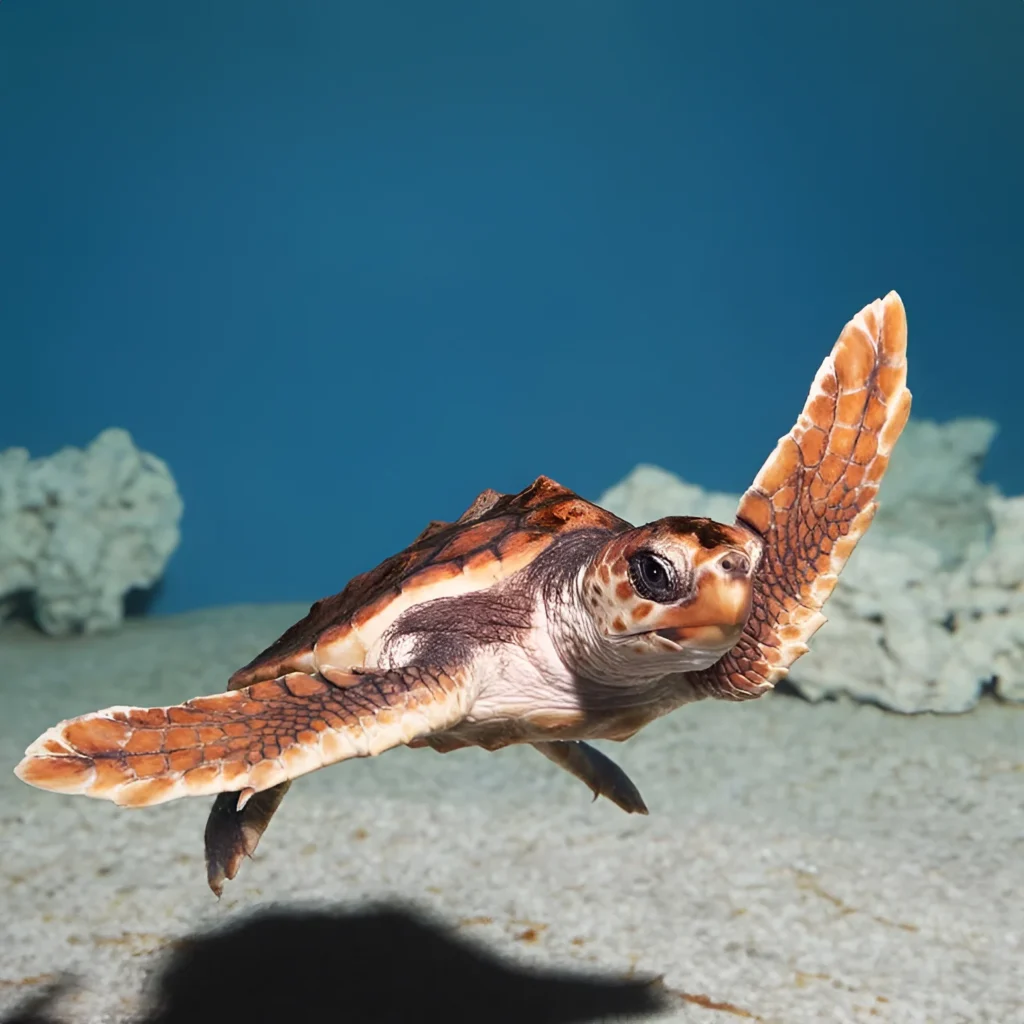


Nesting Season
The nesting season in Florida typically runs from March to October, with peak activity from May to September. During this time, female turtles come ashore at night to lay their eggs, burying them in the sand before returning to the ocean.
Nesting Sites
Popular nesting sites in Florida include the beaches of the Atlantic coast, from Brevard County to Broward County, and along the Gulf Coast. These sites are crucial for the survival of turtle populations, providing safe spaces for laying eggs and for hatchlings to make their journey to the sea.
The Importance of Turtle Nesting
Sea turtles contribute significantly to marine and coastal ecosystems. Their nesting activities help maintain healthy beaches by promoting dune vegetation growth through the unhatched eggs and hatchlings that do not survive. In the ocean, turtles help maintain the health of seagrass beds and coral reefs, providing habitat for other marine life.
Challenges Facing Turtle Nesting
Human Activities
- Beach Development and Habitat Loss: Coastal development reduces available nesting habitats, forcing turtles to nest in less suitable areas.
- Light Pollution: Artificial lighting disorients hatchlings, leading them away from the ocean and towards danger.
- Beachgoers’ Impact: Human presence on beaches can disturb nesting turtles and crush eggs or hatchlings. Water pollution can reduce the risk of hatchlings survival.
Natural Threats
- Predation: Eggs and hatchlings are preyed upon by raccoons, birds, and other animals.
- Climate Change: Rising sea levels and increasing temperatures threaten nesting sites and the sex ratio of hatchlings.
- Storms and Beach Erosion: Severe weather events can destroy nests and erode critical nesting habitats.
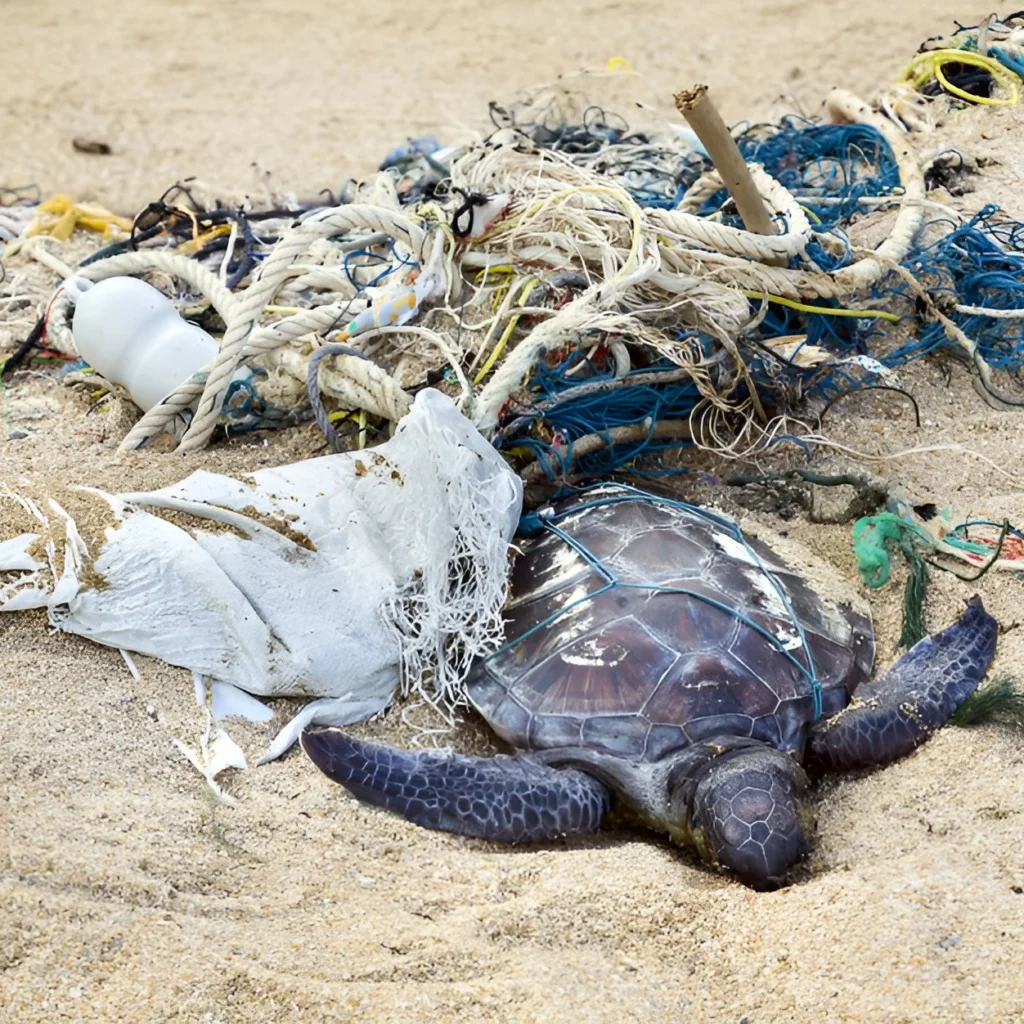
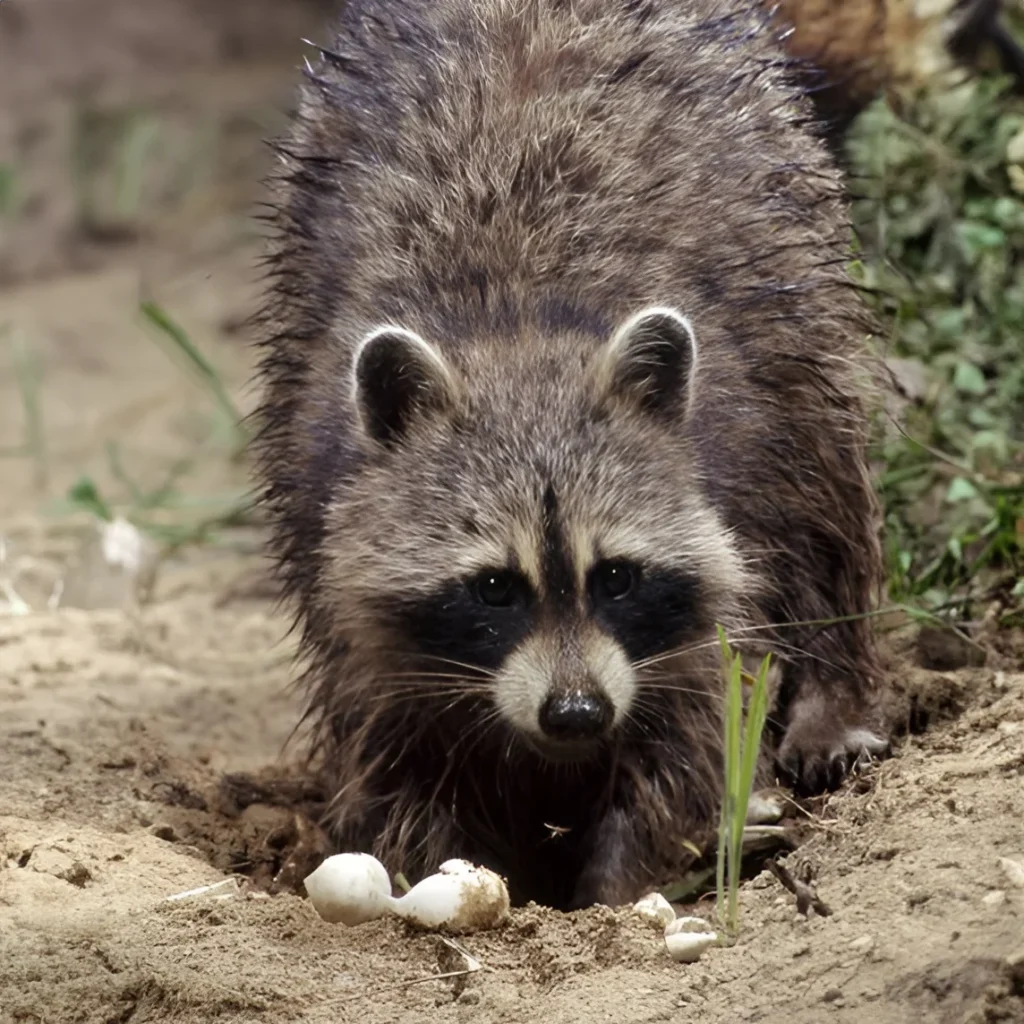

Practices to Keep Turtles Safe
Beachfront Lighting: Reducing light pollution is crucial. Installing turtle-friendly lighting that minimizes brightness and directs light away from the beach can significantly help hatchlings find their way to the sea.
Beach Conservation Efforts: Protecting nesting sites involves using barriers and signage to prevent human and animal interference. Beach patrols and volunteer programs help monitor nests and ensure they remain undisturbed.
Community Involvement: Educating the public about the importance of turtle nesting and promoting responsible beach behavior, such as not leaving trash or digging large holes, is vital. Community engagement can foster a sense of stewardship for local beaches.
Government and NGO Initiatives: Strict laws and regulations, such as the Endangered Species Act, protect sea turtles and their habitats. Numerous organizations, like the Sea Turtle Conservancy, work tirelessly to conserve turtle populations through research, advocacy, and rehabilitation programs.
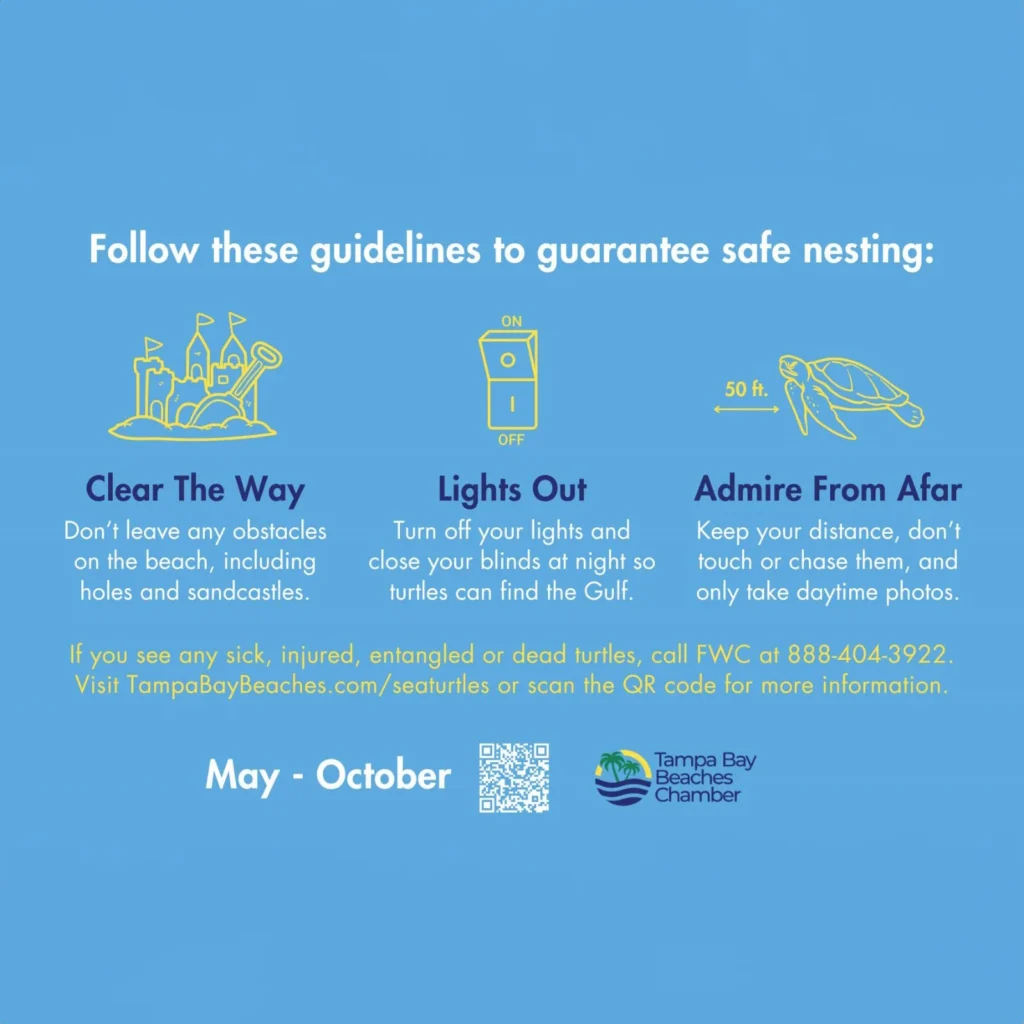
How You Can Help
Individual Actions: Beachgoers can help by avoiding marked nesting areas, removing beach furniture at night, and disposing of trash properly. Reducing plastic use also helps prevent marine debris from endangering turtles.
Volunteer Opportunities: Joining local conservation projects or supporting turtle rescue and rehabilitation centers can make a significant impact. Many organizations offer volunteer programs that allow you to get hands-on experience in protecting sea turtles.
Awareness: Spreading awareness through social media, participating in community events, and supporting conservation legislation are effective ways to advocate for turtle protection. Every action counts in making a difference.
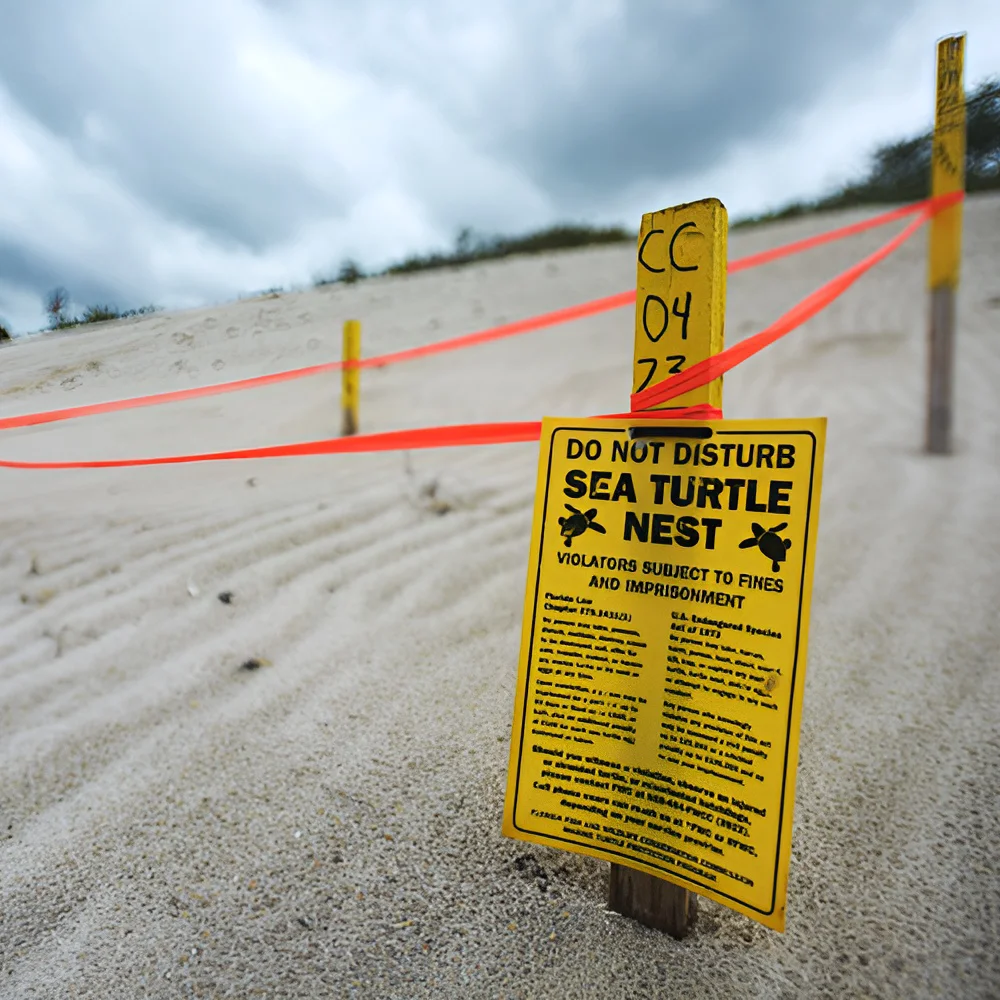
Final Thoughts
The survival of sea turtles depends on our collective efforts to protect their nesting grounds. By understanding their ecological role, recognizing the challenges they face, and implementing practices to keep them safe, we can ensure that these majestic creatures continue to thrive on Florida’s beaches for generations to come. For Information on Tampa bay beaches, events, conservation practices, and more visit here.
FAQ’S
The nesting season in Florida typically runs from March to October, with peak activity from May to September.
Keep a safe distance, remain quiet, and avoid using flashlights or camera flashes that could disturb the turtle.
Look for posted signs or markers indicating protected areas. Avoid disturbing any areas with visible nests or turtle tracks.
Join local conservation groups, participate in beach clean-ups, and educate others about the importance of protecting sea turtles.

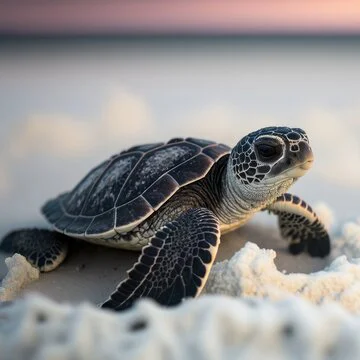
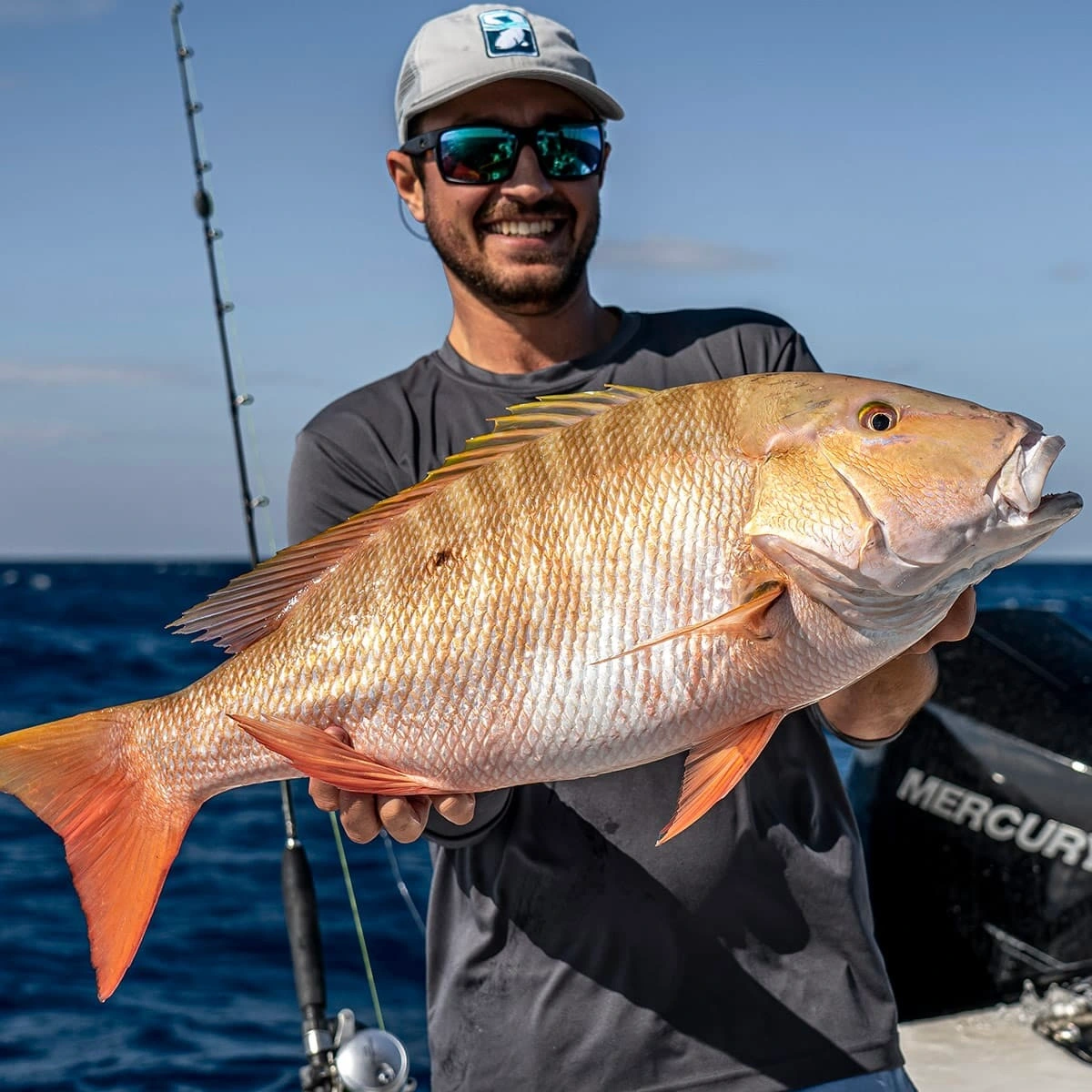


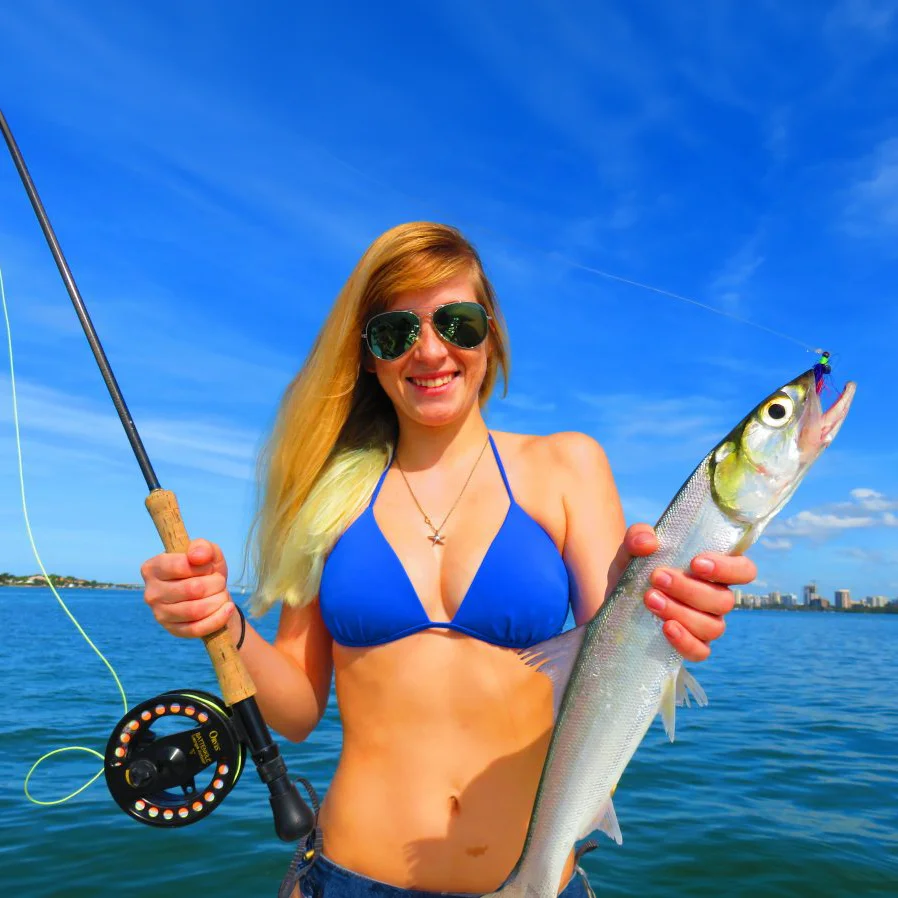
 Discover Black Label Marine Group — Florida’s premier boat dealership. From Ocala to Clearwater to Punta Gorda, we offer an unparalleled boating experience with a curated selection of top brands like Sea Fox, Caymas, Crownline, and Finseeker. Dive into your next adventure with us and become part of the Black Label boating family!
Discover Black Label Marine Group — Florida’s premier boat dealership. From Ocala to Clearwater to Punta Gorda, we offer an unparalleled boating experience with a curated selection of top brands like Sea Fox, Caymas, Crownline, and Finseeker. Dive into your next adventure with us and become part of the Black Label boating family!